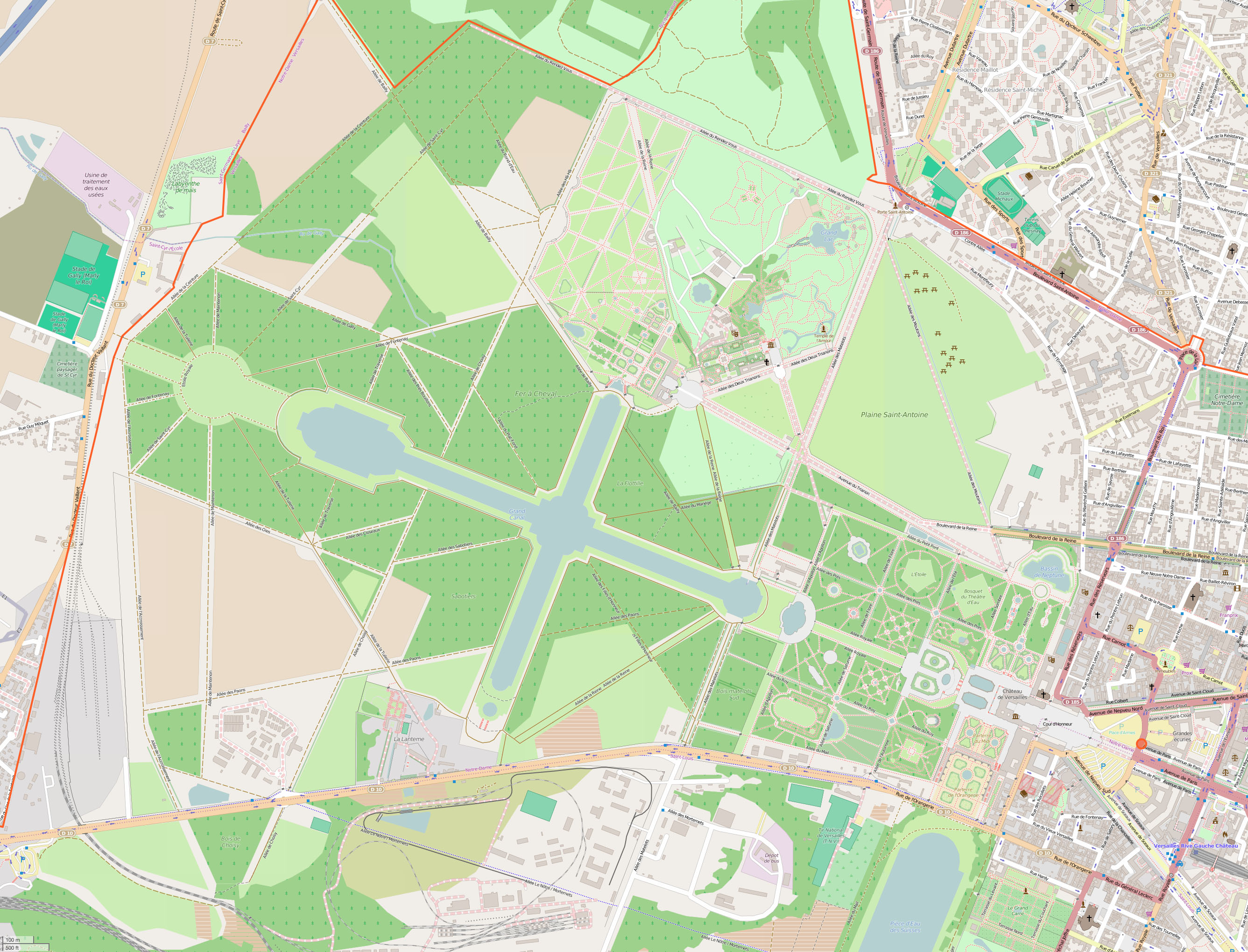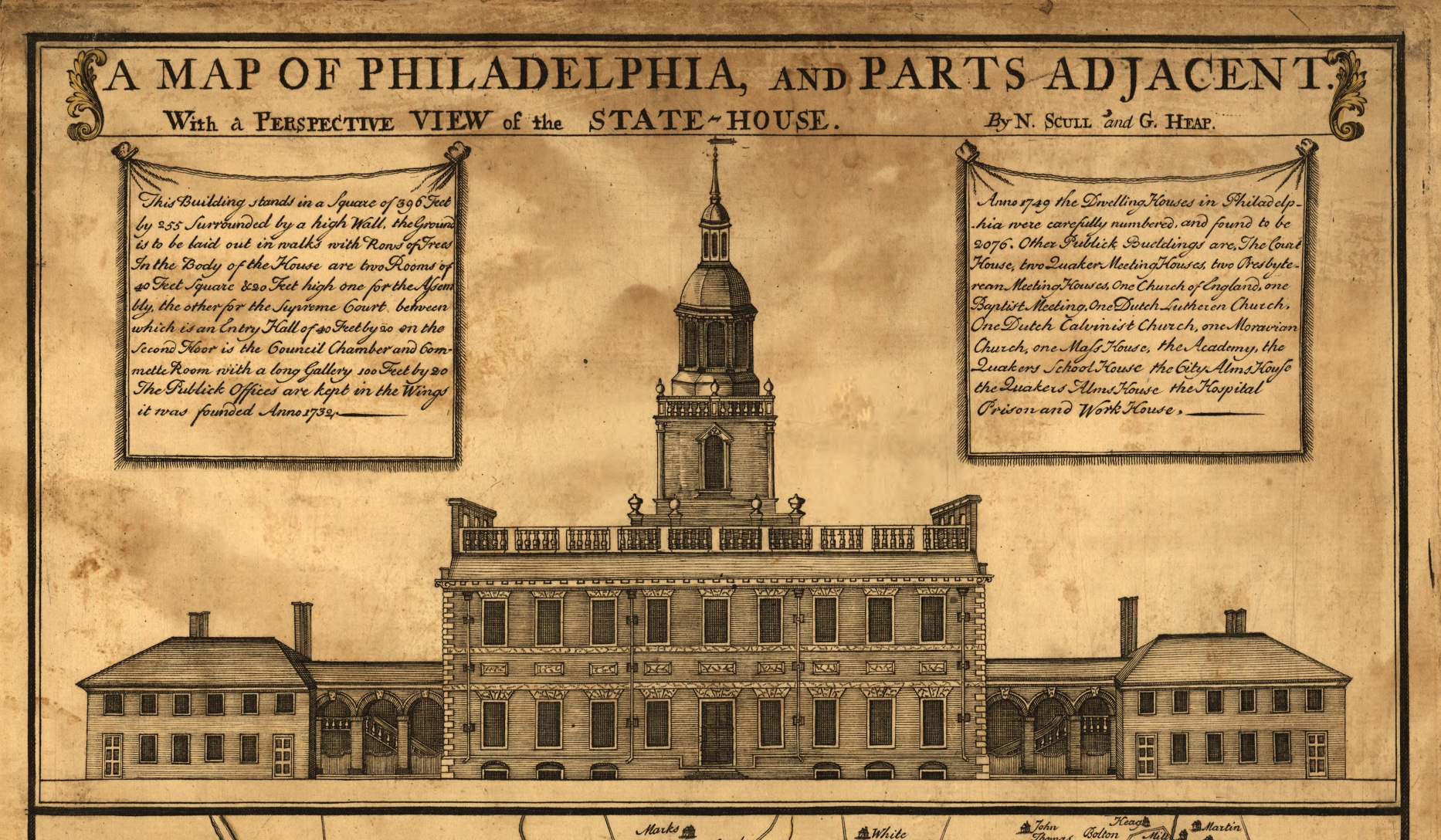|
Nemours Mansion And Gardens
The Nemours Estate is a country estate with ''jardin à la française'' formal gardens and a French neoclassical mansion in Wilmington, Delaware. Built to resemble a French château, its 105 rooms on four floors occupy nearly . It shares the grounds at 1600 Rockland Road with the Nemours Children's Hospital, Delaware, and both are owned by the Nemours Foundation. Origin Nemours was created by Alfred I. du Pont in 1909–10 as a gift for his second wife, Alicia. It was named for the north-central French town of Nemours, which was affiliated with his great-great-grandfather, Pierre Samuel du Pont de Nemours. Carrère and Hastings designed the mansion, which is in the Louis XVI style of French architecture. Furnishings in the mansion The house contains rare 18th-century French furniture and an eclectic collection of notable antiques, works of art and tapestries. Artworks range from 16th-century religious works to paintings by the European masters to early works by Americans Fred ... [...More Info...] [...Related Items...] OR: [Wikipedia] [Google] [Baidu] |
Nemours Mansion
Nemours () is a Communes of France, commune in the Seine-et-Marne Departments of France, department in the Île-de-France Regions of France, region in north-central France. Geography Nemours is located on the Loing and its canal, c. south of Melun, on the Moret–Lyon railway. Nemours – Saint-Pierre station has rail connections to Montargis, Melun, Nevers and Paris. History Nemours is supposed to derive its name from the woods (''nemora'') in the midst of which it formerly stood, and discoveries of Gallo-Roman remains indicate its early origin. It was captured by the English in 1420, but derives its historical importance rather from the lordship, afterwards Duchy of Nemours, and the fief lords the Duke of Nemours to which it gave its name. In 1585 a Treaty of Nemours, treaty revoking previous concessions to the Protestants was concluded at Nemours between Catherine de' Medici and the House of Guise, Guises. Demographics Inhabitants are called ''Nemouriens''. Sights The chu ... [...More Info...] [...Related Items...] OR: [Wikipedia] [Google] [Baidu] |
Sidney Lawrence
Sidney Lawrence (December 31, 1801 – May 9, 1892) was an American lawyer who served one term as a U.S. Representative from New York from 1847 to 1849. Biography Born in Weybridge, Vermont, Lawrence moved with his parents to Moira, New York, in early childhood. He attended the common schools. He studied law. He was admitted to the bar and commenced practice in Moira, New York. He was Justice of the Peace for more than half a century. He served as supervisor and as assessor. Surrogate of Franklin County 1837–1843. He was a member of the New York State Senate (4th D.) in 1843 and 1844. He served as member of the State assembly in 1846. Congress Lawrence was elected as a Democrat to the 30th United States Congress, holding office from March 4, 1847, to March 3, 1849. Later career and death Afterwards he resumed the practice of law. He also engaged in the real estate business and in banking. He died in Moira, New York Moira is a town in Franklin County, New York, United St ... [...More Info...] [...Related Items...] OR: [Wikipedia] [Google] [Baidu] |
Gardens Of Versailles
The Gardens of Versailles (french: Jardins du château de Versailles ) occupy part of what was once the ''Domaine royal de Versailles'', the royal demesne of the château of Versailles. Situated to the west of the palace, the gardens cover some 800 hectares of land, much of which is landscaped in the classic French formal garden style perfected here by André Le Nôtre. Beyond the surrounding belt of woodland, the gardens are bordered by the urban areas of Versailles to the east and Le Chesnay to the north-east, by the National Arboretum de Chèvreloup to the north, the Versailles plain (a protected wildlife preserve) to the west, and by the Satory Forest to the south. Administered by the Public Establishment of the Palace, Museum and National Estate of Versailles, an autonomous public entity operating under the aegis of the French Ministry of Culture, the gardens are now one of the most visited public sites in France, receiving more than six million visitors a year. In addi ... [...More Info...] [...Related Items...] OR: [Wikipedia] [Google] [Baidu] |
Garden à La Française
The French formal garden, also called the (), is a style of garden based on symmetry and the principle of imposing order on nature. Its epitome is generally considered to be the Gardens of Versailles designed during the 17th century by the landscape architect André Le Nôtre for Louis XIV and widely copied by other European courts. Éric Mension-Rigau, "Les jardins témoins de leur temps" in '' Historia'', n° 7/8 (2000). History Renaissance influence The ''jardin à la française'' evolved from the French Renaissance garden, a style which was inspired by the Italian Renaissance garden at the beginning of the 16th century. The Italian Renaissance garden, typified by the Boboli Gardens in Florence and the Villa Medici in Fiesole, was characterized by planting beds, or parterres, created in geometric shapes, and laid out symmetrical patterns; the use of fountains and cascades to animate the garden; stairways and ramps to unite different levels of the garden; grottos, lab ... [...More Info...] [...Related Items...] OR: [Wikipedia] [Google] [Baidu] |
BOXWOOD GARDENS AT NEMOURS MANSION, NEW CASTLE COUNTY, DELAWARE
''Buxus'' is a genus of about seventy species in the family Buxaceae. Common names include box or boxwood. The boxes are native to western and southern Europe, southwest, southern and eastern Asia, Africa, Madagascar, northernmost South America, Central America, Mexico and the Caribbean, with the majority of species being tropical or subtropical; only the European and some Asian species are frost-tolerant. Centres of diversity occur in Cuba (about 30 species), China (17 species) and Madagascar (9 species). They are slow-growing evergreen shrubs and small trees, growing to 2–12 m (rarely 15 m) tall. The leaves are opposite, rounded to lanceolate, and leathery; they are small in most species, typically 1.5–5 cm long and 0.3–2.5 cm broad, but up to 11 cm long and 5 cm broad in ''B. macrocarpa''. The flowers are small and yellow-green, monoecious with both sexes present on a plant. The fruit is a small capsule 0.5–1.5 cm long (to 3 cm in ... [...More Info...] [...Related Items...] OR: [Wikipedia] [Google] [Baidu] |
Independence Hall
Independence Hall is a historic civic building in Philadelphia, where both the United States Declaration of Independence and the United States Constitution were debated and adopted by America's Founding Fathers of the United States, Founding Fathers. The structure forms the centerpiece of the Independence National Historical Park and has been designated a World Heritage Site, UNESCO World Heritage Site. The building was completed in 1753 as the Pennsylvania State Capitol#History, Pennsylvania State House and served as the List of state and territorial capitols in the United States, capitol for the Province of Pennsylvania, Province and Commonwealth of Pennsylvania until the state capital moved to Lancaster, Pennsylvania, Lancaster in 1799. It was the principal meeting place of the Second Continental Congress from 1775 to 1781 and was the site of the Philadelphia Convention, Constitutional Convention in the summer of 1787. A convention held in Independence Hall in 1915, presided ... [...More Info...] [...Related Items...] OR: [Wikipedia] [Google] [Baidu] |
Jessie Ball DuPont
Jessie Ball duPont (January 20, 1884 – September 26, 1970) was an American teacher, philanthropist and designated a Great Floridian by the Florida Department of State.St. Joe (Northwest) Florida Department of State: Great Floridians 2000 Program-Port St. Joe Biography Jessie Dew Ball was born on January 20, 1884, in Hardings, to Lalla Gresham and Thomas Ball, a Confederate Civil War veteran and attorney. Aside from a year in |
George VI
George VI (Albert Frederick Arthur George; 14 December 1895 – 6 February 1952) was King of the United Kingdom and the Dominions of the British Commonwealth from 11 December 1936 until Death and state funeral of George VI, his death in 1952. He was also the last Emperor of India from 1936 until the British Raj was dissolved in August 1947, and the first Head of the Commonwealth following the London Declaration of 1949. The future George VI was born in the reign of his great-grandmother Queen Victoria; he was named Albert at birth after his great-grandfather Albert, Prince Consort, and was known as "Bertie" to his family and close friends. His father ascended the throne as George V in 1910. As the second son of the king, Albert was not expected to inherit the throne. He spent his early life in the shadow of his elder brother, Edward VIII, Prince Edward, the heir apparent. Albert attended naval college as a teenager and served in the Royal Navy and Royal Air Force during the W ... [...More Info...] [...Related Items...] OR: [Wikipedia] [Google] [Baidu] |
Marie Antoinette
Marie Antoinette Josèphe Jeanne (; ; née Maria Antonia Josepha Johanna; 2 November 1755 – 16 October 1793) was the last queen of France before the French Revolution. She was born an archduchess of Austria, and was the penultimate child and youngest daughter of Empress Maria Theresa and Emperor Francis I. She became dauphine of France in May 1770 at age 14 upon her marriage to Louis-Auguste, heir apparent to the French throne. On 10 May 1774, her husband ascended the throne as Louis XVI and she became queen. Marie Antoinette's position at court improved when, after eight years of marriage, she started having children. She became increasingly unpopular among the people, however, with the French ''libelles'' accusing her of being profligate, promiscuous, allegedly having illegitimate children, and harboring sympathies for France's perceived enemies—particularly her native Austria. The false accusations of the Affair of the Diamond Necklace damaged her reputation further ... [...More Info...] [...Related Items...] OR: [Wikipedia] [Google] [Baidu] |
Pipe Organ
The pipe organ is a musical instrument that produces sound by driving pressurized air (called ''wind'') through the organ pipes selected from a keyboard. Because each pipe produces a single pitch, the pipes are provided in sets called ''ranks'', each of which has a common timbre and volume throughout the keyboard compass. Most organs have many ranks of pipes of differing timbre, pitch, and volume that the player can employ singly or in combination through the use of controls called stops. A pipe organ has one or more keyboards (called '' manuals'') played by the hands, and a pedal clavier played by the feet; each keyboard controls its own division, or group of stops. The keyboard(s), pedalboard, and stops are housed in the organ's ''console''. The organ's continuous supply of wind allows it to sustain notes for as long as the corresponding keys are pressed, unlike the piano and harpsichord whose sound begins to dissipate immediately after a key is depressed. The smallest po ... [...More Info...] [...Related Items...] OR: [Wikipedia] [Google] [Baidu] |
Hammered Dulcimer
The hammered dulcimer (also called the hammer dulcimer) is a percussion-stringed instrument which consists of strings typically stretched over a trapezoidal resonant sound board. The hammered dulcimer is set before the musician, who in more traditional styles may sit cross-legged on the floor, or in a more modern style may stand or sit at a wooden support with legs. The player holds a small spoon-shaped mallet hammer in each hand to strike the strings. The Graeco-Roman ''dulcimer'' ("sweet song") derives from the Latin ''dulcis'' (sweet) and the Greek ''melos'' (song). The dulcimer, in which the strings are beaten with small hammers, originated from the psaltery, in which the strings are plucked. Hammered dulcimers and other similar instruments are traditionally played in Iraq, India, Iran, Southwest Asia, China, Korea, and parts of Southeast Asia, Central Europe (Hungary, Slovenia, Romania, Slovakia, Poland, Czech Republic, Switzerland (particularly Appenzell), Austria and Ba ... [...More Info...] [...Related Items...] OR: [Wikipedia] [Google] [Baidu] |







